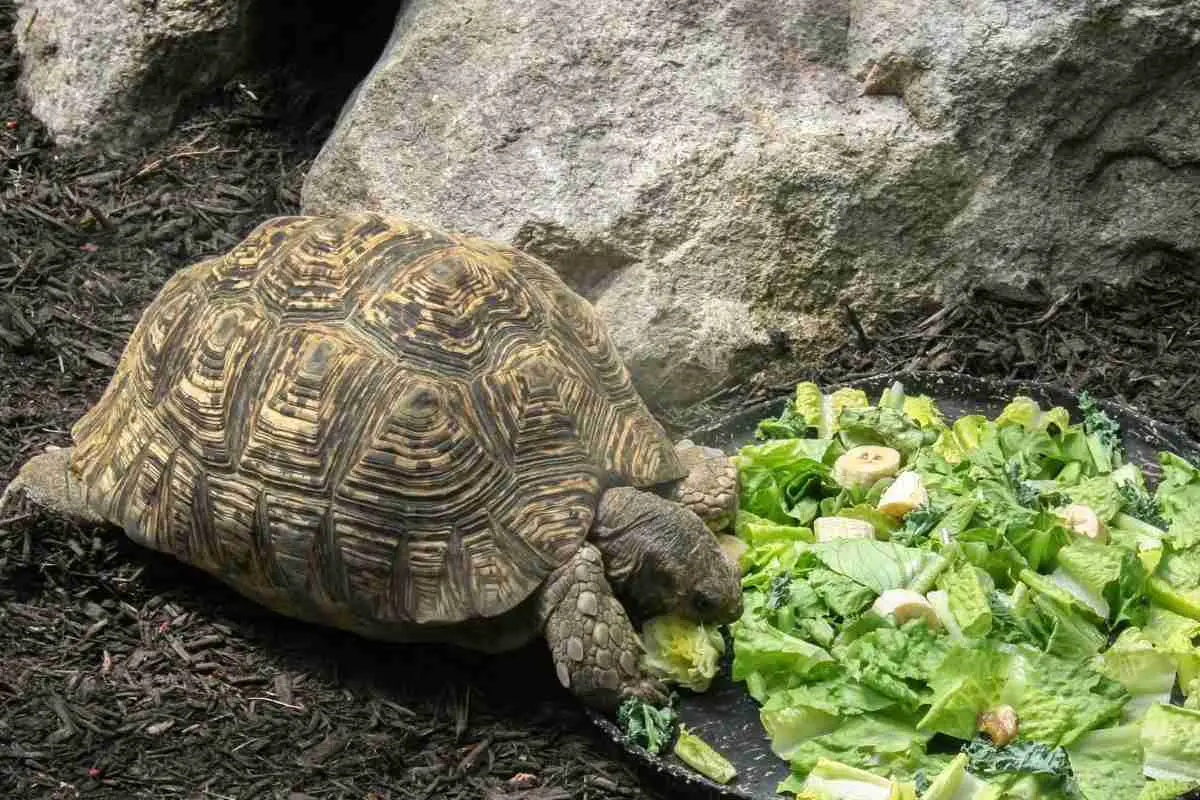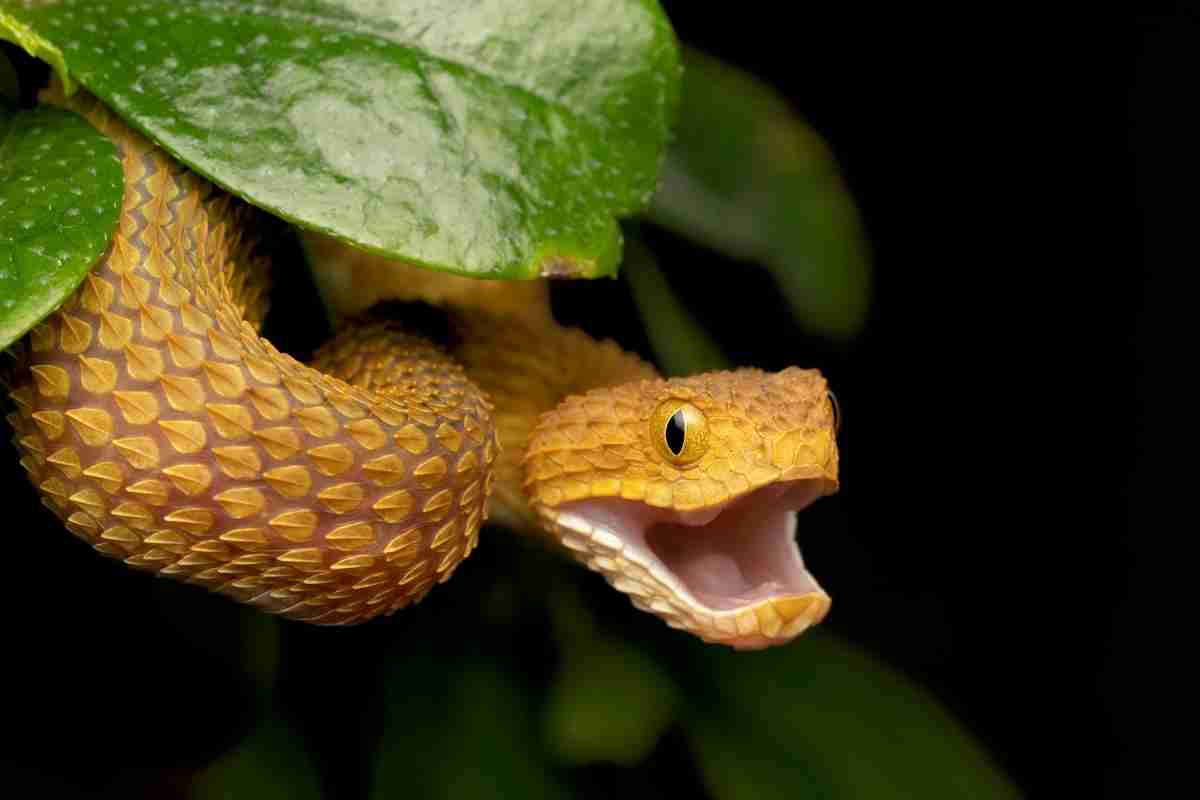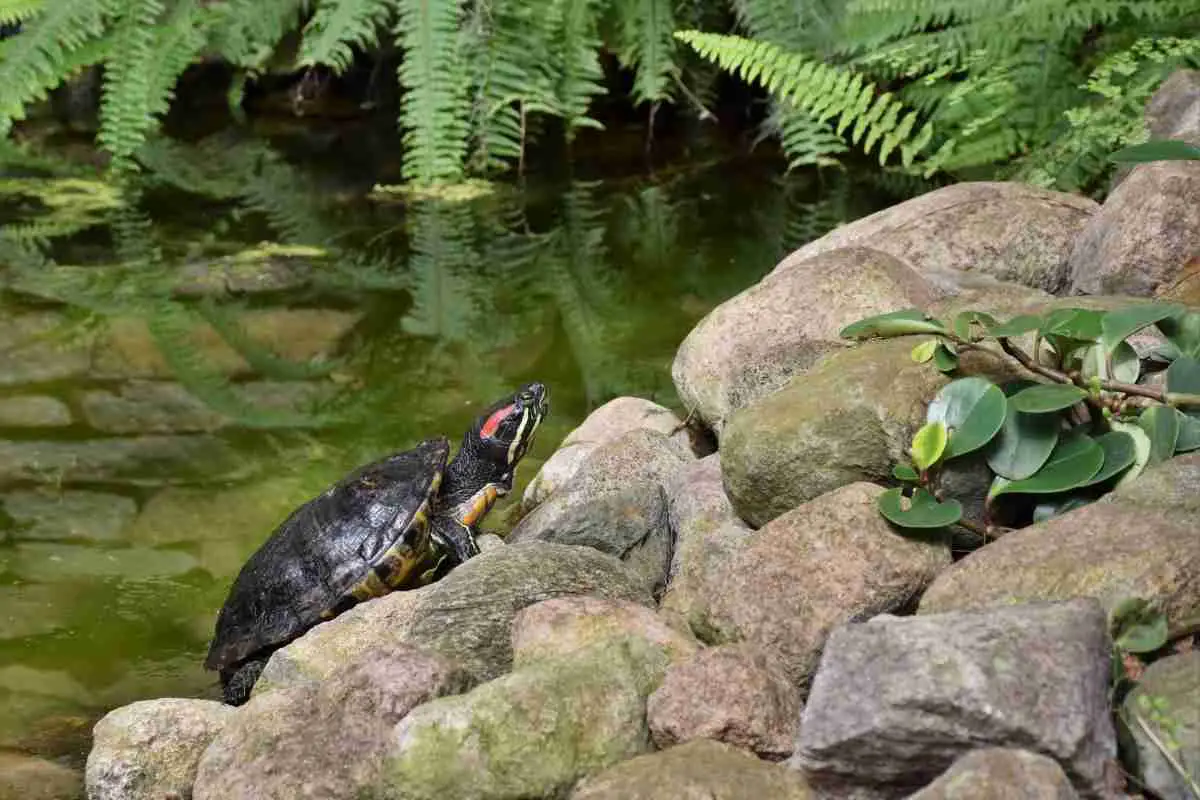Finding a healthy diet for your pet turtle can be difficult and the best types of food to feed them are leafy vegetables such as romaine lettuce, collard greens, mustard greens, parsley, and green beans. But what about celery?
Can Turtles Eat Celery? Yes, they can! However, this is not something you want to feed them every day as celery is mostly made up of water so it should only be fed to them in small amounts.
It’s very important to change their meal selection on a regular basis as this helps provide the turtle with a nutritionally balanced diet. Land turtles known as (box turtles) can make great pets and knowing what foods to feed your turtle is very important.
Apart from dark leafy greens, turtles can eat a variety of other foods like slugs, snails, grasshoppers, earthworms, crickets, fruit, and vegetables that provides certain nutrients that they need for a healthy diet.
Turtles are very picky eaters, so they need to be fed a diet that is high in protein and low in fiber. This can make the task of feeding turtles rather difficult for pet owners.
One way to make this job easier is by giving them celery as a treat.
Can Turtles Eat Celery Leaves?
Celery leaves are a great way to add flavor and nutrients to your turtle’s meal. Turtles are not able to eat the leafy part of celery, but they can enjoy the stalks as well as any leftover water in which the celery was boiled.
The only thing you have to be aware of is that there has been a report that turtles might get impacted after eating too much celery, so limit their intake according to what your vet recommends.
Turtles are very fond of eating leafy greens but did you know that celery leaves actually have the most calcium, potassium, and vitamin C and because the leaves don’t contain as much water they can eat as many leaves as they want.
However, you shouldn’t feed them celery leaves on their own, always mix the leaves with other fruits and vegetables so they have that balanced diet that we talked about earlier.
When feeding your turtle leaves you can either feed them the leaves by picking them off the thin stems at the top of the stalk or use a knife and gently cut the leaves into small pieces.
The best option would be just to pick the leaves by hand from the stems. It doesn’t really matter how you present the food to your turtle they will still eat it.
Not only that, but if you chop the leaves up on a chopping board for example then you could lose some of the nutrients and juices from the celery leaves.
Related Article
Can Turtles Eat Celery Stems?
Yes! Turtles can indeed eat celery stems and like the leaves, they contain calcium, potassium, and vitamin C, and although the stems have slightly more water (juices) it can make a great addition to your turtle’s diet.
In fact, there was an animal study in 2017 using celery extract and what they found was this celery extract appeared to improve cognitive function while increasing the neuronal density in mice.
Of course, turtles are not mice “but” what this study shows is the extract of celery is indeed very healthy and has high benefits resulting in improved brain function.
The problem turtles have eating celery is it’s packed with too much water which can have a negative effect on their digestion. Yet, parts of the celery-like leaves and stems don’t have all that water, making it healthy for them to eat.
So the next time you buy celery for your salad or soup remember to keep the leaves and stems and feed them to your turtle and like the leaves making sure your mix it with other greens.
How Much Celery Should Turtles Eat?
One thing that pet owners ask is how much celery should turtles eat? This section will explore the answer to this question, as well as some other questions about what they like to eat.
If you’re feeding your turtle the main part of the celery then you should limit their supply. As mentioned at the start celery is made of mostly water and has very little nutrition.
Typically, you should only feed your turtle celery once or twice a month as a snack only and preferably mixed in with other foods. The leaves and stems on the other hand you can feed to them with every meal if you wish.
When feeding your turtle the main part of the celery depending on the size of the turtle you should only give them half a stick and see how they get on with it, “one at most”
As before, make sure you mix the celery with other plants and vegetation.
When you buy fresh sticks of celery there’s usually a good handful of leaves and stems that you can feed to them, and because they don’t contain much water there’s no limit to how much you can feed to your turtle.
How To Prepare Celery For Your Turtle?
Some people worry about how to prepare the food before it’s given to their turtle, but there is no need for concern because it will only take a few minutes and the end result will be worth it!
The first thing you should always do before feeding your turtle celery or any other fruits and vegetables is to make sure you wash it thoroughly before serving it.
It’s always recommended to feed your reptile fruit and vegetables that are organic rather than non-organic.
The reason for this is, non-organic foods are usually sprayed with chemicals and other pesticides that can have a negative effect on their digestion. This is why if you’re using non-organic foods to give them a good wash under tap and to remove any loose dirt.
When feeding your turtle a celery stick you can either cut it cut into small pieces or feed it to them whole. Turtles have very strong jaws so eating the celery stick whole won’t be a problem.
With the leaves and stems, there’s really no need to cut them into pieces unless you prefer doing it that way. Simply tear the leaves and stems from the top of the celery then mix it with other fruits or vegetables and then you’re ready to serve.
Nutrition In Celery
Celery is a common vegetable that has been used as an ingredient in many dishes. However, for some pet owners, there are concerns about the nutritional content of celery for their turtles.
So as mentioned above, celery extract can help improve cognitive function, however, it is suggested that the phytonutrient content may be beneficial in protecting digestive mucosa, protecting against gastric ulcers.
Celery is very healthy especially the leaves and stems, good enough to feed to your turtle “but again” only if they are fed correctly. So let’s take a look at the nutritional valve in the celery and see what the benefits are exactly.
| Nutrition | Good For |
|---|---|
| Vitamin C | Cartilage, bones, and teeth |
| Vitamin K | Healthy bones and blood clotting |
| Vitamin A | Immune system and organs |
| Potassium | Muscles and kidney stones |
| Calcium | Heart, and muscles |
| Folate | Healthy cell growth |
Tips For Buying Fresh Celery For Your Turtle
There are a lot of things to consider when purchasing celery, such as how long it will last and if the stalks are tough. For example, you should always select celery with firm stalks because they have more nutrients than limp ones.
Feeding your turtle fresh celery is very important, and the last thing you want to do is feed them food that expired, especially in fruit. Once the fruit starts to expire harmful bacteria can build up which could make your turtle seriously ill.
When looking through celery at your local supermarket here are some tips and things you should look out for to find the best batch of celery.
- Stalks: Always look for celery that has straight upright stalks, which should snap easily, not bend.
- Leaves: Leaves should look very fresh, and have a bright green color, avoid celery that has any yellow or brown leaves.
- Smell: Fresh celery should have a clean slight herby smell especially in the leaves. Avoid any celery that gives off a stage order as this can be a sign that’s the celery is past its date.
Related Article
Other Turtle Foods You Can Mix Celery With
A turtle’s diet is very important and should be varied to ensure that the reptile gets all of the nutrients it needs. As before turtles are omnivores, meaning they eat both meat and vegetables, so a well-rounded diet includes a variety of both.
Now, let’s quickly run through the turtle diet and see exactly what they eat to stay healthy. So as you know turtles are omnivores, mending they can eat both animal protein and vegetables.
The Diet of land turtles in the wild includes things like insects, grubs, worms, snails, slugs, mushrooms, crustaceans, eggs, carrion, greens, fruit, and other plant materials.
A Pet turtles diet should be the same that is made up of 50% mixed fresh vegetables with some fruit, and 50% low-fat protein. For the protein, you can use live insects like earthworms, mealworms, beetles, grubs, crickets that you can buy at most reptile shops.
For greens, you can feed them kale, collards, dandelion, mustard greens, romaine, and broccoli. Avoid things like “iceberg lettuce” as this kind of lettuce is made up of mostly water.
So if your are a complete beginner or are just wondering what else you can feed to your pet turtle then below is a table of other food your turtle can eat.
Again, make sure you don’t just feed them one thing be sure that you mix up their diet, this is key so they receive all the nutrients they need for a healthy balanced diet.
| Fruits | Insects | Greens |
|---|---|---|
| Blueberries | Grasshoppers | Romaine lettuce |
| Strawberries | Waxworms | Dandelions |
| Tomatoes | Caterpillars | Broccoli |
| Bananas | Mealworms | Collard greens |
| Papaya | Red worms | Mustard greens |
| Mangos | Crickets | Carrots |
| Peaches | Beetles | Pea Pods |
| Grapes | Snails | Kale |
| Melons | Grubs | Beets |
Conclusion
So as you have just read turtles can indeed eat celery. “But” they are limits to how much they can eat without causing any digestive issues. Leaves and stalks on the other hand they can eat with every meal.
A handful of leaves and stalks should be plenty for a box turtle especially if it’s mixed in with other foods. Remember if you want to feed them the celery sticks make sure you only feed the half, one at most.
If this is your first time having a turtle as a pet and you’re confused about how to care for your reptile, you should contact your local vet or the place where you purchased the turtle and they can advise you further.
A turtle that is healthy and getting the right amount of protein in its diet will most likely enjoy a little bit of celery on occasion. If you’re looking for ways to make your pet turtles happy, consider adding some fresh fruits or vegetables to their diet!
Related Articles:




